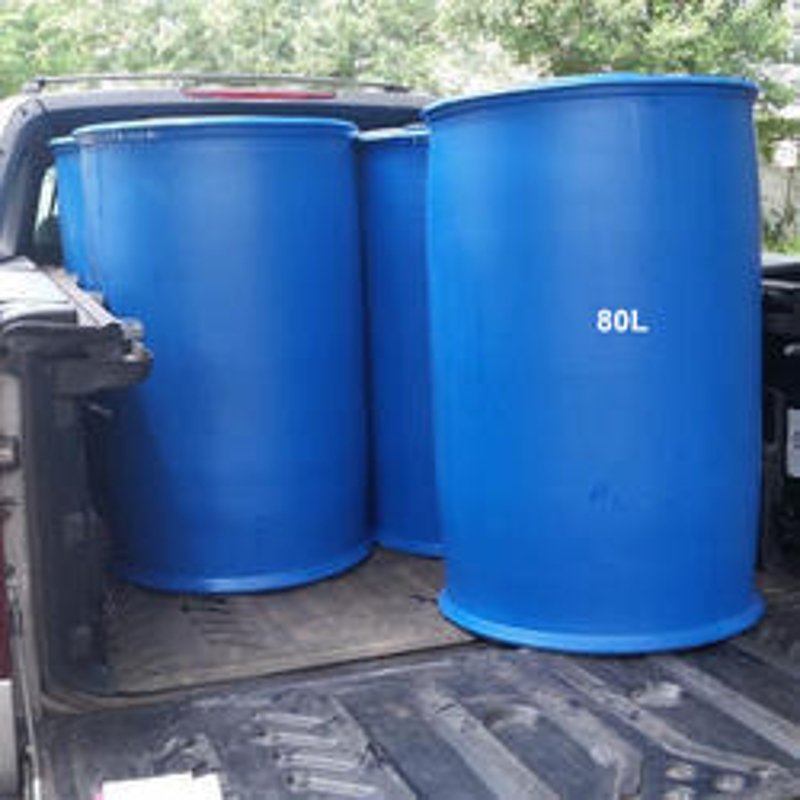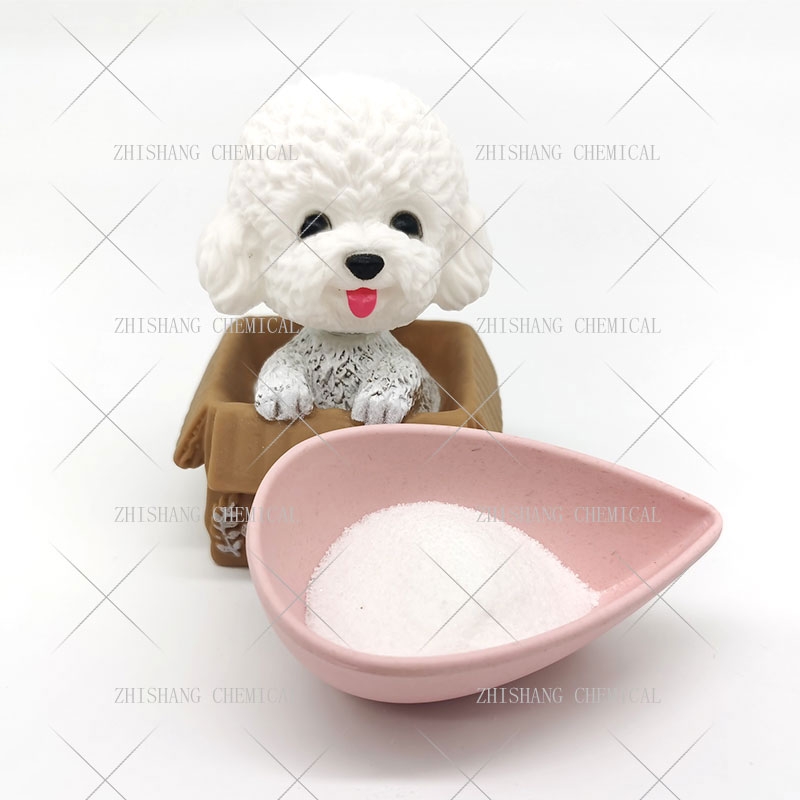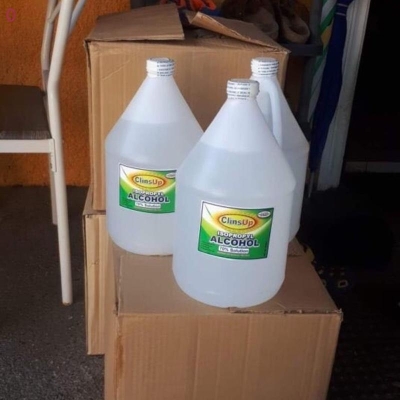-
Categories
-
Pharmaceutical Intermediates
-
Active Pharmaceutical Ingredients
-
Food Additives
- Industrial Coatings
- Agrochemicals
- Dyes and Pigments
- Surfactant
- Flavors and Fragrances
- Chemical Reagents
- Catalyst and Auxiliary
- Natural Products
- Inorganic Chemistry
-
Organic Chemistry
-
Biochemical Engineering
- Analytical Chemistry
-
Cosmetic Ingredient
- Water Treatment Chemical
-
Pharmaceutical Intermediates
Promotion
ECHEMI Mall
Wholesale
Weekly Price
Exhibition
News
-
Trade Service
In order to further standardize the approval of environmental impact assessment documents for construction projects, the Ministry of Ecology and Environment organized and compiled the principles for the approval of
environmental impact assessment documents for construction projects in four industries: steel/coking, modern coal chemical, petrochemical and thermal power.
Principles for the approval of environmental impact assessment documents for petrochemical construction projects
Article 1 This examination and approval principle applies to the production of gasoline fractions, diesel distillates, fuel oil, petroleum waxes, petroleum asphalt, lubricating oil and petrochemical raw materials using crude oil and heavy oil as raw materials, as well as the production of organic chemicals from petroleum fractions and natural gas or the production of new organic chemicals, synthetic resins, synthetic fibers and synthetic rubber using organic chemicals as raw materials, etc.
to implement the "Pollutant Emission Standards for the Petroleum Refining Industry" (GB 31570), "Pollutant Emission Standards for the Petrochemical Industry" (GB 31571), " The examination and approval of environmental impact assessment documents for petrochemical industry construction projects in the synthetic resin industry pollutant emission standard (GB 31572) specifically involves the manufacture of refined petroleum products in the "Classified Management Directory of Environmental Impact Assessment of Construction Projects (2021 Edition)" 251, the manufacture of basic chemical raw materials 261, the manufacture of synthetic materials 265 petrochemical industry construction projects
in the industry.
Article 2 Projects shall comply with relevant laws and regulations on ecological environmental protection, statutory planning and relevant industrial structure adjustment, regional and industry carbon peaking and carbon neutrality targets, total coal consumption control, and total key pollutant discharge control
.
New construction, reconstruction and expansion of oil refining and new ethylene, paraxylene, diphenylmethane diisocyanate (MDI) projects shall comply with the relevant industrial planning
and layout plans of the petrochemical industry approved by the state.
Article 3 The site selection of projects shall comply with the requirements for zoning management and
control of the ecological environment.
New construction and expansion projects shall be located in industrial parks established in accordance with laws and regulations, and shall meet the requirements of
park planning and planning environmental impact assessment.
The site of the project shall not be located within one kilometer of the shoreline of the main tributaries of the Yangtze River, within the control of the shoreline of the main tributaries of the Yellow River, and other areas prohibited by laws and regulations, and shall avoid ecological protection red lines and stay as far away as possible from environmentally sensitive areas
such as residential areas, hospitals, and schools.
Article 4 New construction and expansion projects shall adopt advanced and applicable technology and equipment, and product consumption, energy consumption, water consumption, pollutant discharge and comprehensive utilization of resources shall reach the advanced level
of the industry.
The energy effect of oil refining, ethylene and paraxylene projects has reached the industry benchmark level
.
Encourage the use of green raw materials, processes and products, and the use of clean fuels, green electricity and green hydrogen
.
Encourage the implementation of circular economy and make overall use of upstream and downstream resources
in the park.
Strengthen water-saving measures to reduce the amount of
fresh water.
In areas where conditions permit, priority is given to the use of reclaimed water and seawater desalination water, and seawater is used as circulating cooling water; In water-scarce areas, water-saving technologies
such as air cooling and closed circulation are preferentially adopted.
Article 5 The project shall give priority to the use of central heating and steam supply in the park, encourage the use of renewable energy, and in principle, shall not be equipped with coal-fired self-owned power plants, and shall not set up or set up self-provided boilers
.
Where it is truly necessary to build captive power plants, it shall comply with relevant national and local planning and emission control requirements
.
Clean fuels such as desulfurization and dry gas should be used in heating furnaces, conversion furnaces, cracking furnaces, etc.
, and nitrogen oxide control measures such as low nitrogen combustion should be adopted; Catalytic cracking units and power pack boilers should take necessary desulfurization, denitrification and dust removal measures; Other organized process waste gas should take effective treatment measures to reduce pollutant emissions; In principle, no exhaust gas bypass shall be set up, and emergency bypass that needs to be retained should be installed with automatic monitoring equipment
such as flow meters.
Upstream and downstream devices should be directly transported through pipelines to reduce intermediate storage tanks; By optimizing the selection of equipment and storage tanks, strengthen the control of the whole process of source, process and end, and reduce the fugitive discharge of pollutants; Volatile organic liquid loading is preferentially loaded with bottom, and top-immersion loading should be sealed efficiently; Wastewater pretreatment, sludge storage and disposal and other links are sealed; Organic waste gas should be collected and collected, and organic waste gas collection and treatment of sewage homogenization tanks, sewage oil tanks, dross tanks and acid water tanks should be encouraged; According to the characteristics of waste gas, volatile organic compound components and concentration, production conditions, etc.
reasonable selection of treatment technology, high and low concentration organic waste gas collection and treatment, high concentration organic waste gas should be collected and treated separately, priority recycling, can not be recycled using pretreatment + catalytic oxidation, incineration and other efficient treatment processes, except for a single odor and odor treatment, generally do not use low temperature plasma, photocatalysis, photooxidation and other technologies alone; Clarify equipment leak detection and repair (LDAR) system
.
Exhaust gas under abnormal working conditions should be collected and processed, and priority should be given to recycling
.
The flue gas of the power station boiler shall meet the requirements of the "Boiler Air Pollutant Emission Standard" (GB 13271) or "Thermal Power Plant Air Pollutant Emission Standard" (GB 13223); Odorous pollutants should meet the requirements of the Odorous Pollutant Emission Standard (GB 14554); The emission and control of other pollutants shall comply with the requirements of "Petroleum Refining Industry Pollutant Emission Standard" (GB 31570), "Petrochemical Industry Pollutant Emission Standard" (GB 31571), "Synthetic Resin Industrial Pollutant Emission Standard" (GB 31572) and other requirements
.
Railway, pipeline or waterway transportation is preferentially used for medium- and long-distance transportation of bulk materials, and clean transportation methods such as China VI emission standard means or new energy vehicles, pipelines or tubular belt conveyors are preferentially used in factory or short-distance connections
.
Reasonably set the protective distance of the atmospheric environment, and there should be no environmentally sensitive targets
such as residential areas, schools, and hospitals within the environmental protection distance.
Article 6: Greenhouse gas emissions shall be included in the environmental impact assessment of construction projects, accounting for greenhouse gas emissions of construction projects, promoting synergies in pollution reduction and carbon reduction, and promoting the demonstration and application
of carbon reduction technology innovation.
Encourage regions and enterprises with the capacity to adopt renewable energy resources such as wind, solar, hydropower, and non-grain biomass to produce hydrogen, carbon dioxide synthesis into methanol, olefins, aromatics, degradable plastics, dimethyl carbonate, polyester, dimethyl ether and other chemical products, carbon dioxide efficient and low-cost capture, transportation, long-term stable storage and other carbon-reduction technologies
.
Article 7 Do a good job in dividing rain sewage, cleaning sewage and sewage diversion
.
Wastewater is collected separately, treated separately, and reused preferentially, oily wastewater and sulfur-containing wastewater are reused to the maximum extent after treatment, salty wastewater is treated in appropriate depth, and polluted rainwater is collected and treated
.
It is strictly forbidden to discharge production wastewater directly into the urban sewage treatment system
without treatment or effective treatment.
The wastewater pollutants discharged by the project shall meet the requirements of "Petroleum Refining Industry Pollutant Emission Standard" (GB 31570), "Petrochemical Industry Pollutant Emission Standard" (GB 31571), "Synthetic Resin Industrial Pollutant Emission Standard" (GB 31572) and other requirements
.
Article 8: The prevention and control of soil and groundwater pollution shall adhere to the prevention and control principles
of source control, zonal prevention and control, follow-up monitoring, and emergency response.
For production equipment, equipment and facilities and sites involving toxic and harmful substances, specific measures for soil pollution prevention and control such as anti-corrosion, anti-leakage and anti-dispersion shall be proposed, and anti-seepage measures shall be taken according to the sensitivity of environmental protection objectives, project layout, hydrogeological conditions, etc.
, and effective soil and groundwater monitoring and emergency plans shall be proposed, which meet the relevant requirements of "Technical Code for Anti-seepage of Petrochemical Engineering" (GB/T 50934) and other relevant requirements
.
For environmentally sensitive targets of groundwater that may be affected, protective measures should be proposed, and measures for the protection of groundwater environment should be strengthened to ensure the safety
of drinking water if they involve the function of drinking water.
Construction projects that may cause groundwater pollution shall not be located in the protected area of the spring basin and the area where
karst is strongly developed and there are many sinkholes and karst funnels.
Article 9 Solid waste
shall be properly handled and disposed of in accordance with the principles of reduction, recycling, and harmlessness.
General industrial solid waste should be comprehensively utilized through the project itself or entrusting other enterprises, and those that cannot be comprehensively utilized should be properly disposed of nearby, and storage facilities and places
should be built in accordance with regulations if they need to be stored in the plant.
Petrochemical projects that generate large amounts of hazardous waste, such as large-scale refining and chemical integration, should be based on themselves or rely on centralized hazardous waste facilities in the park for disposal
.
The storage and disposal of hazardous wastes and general industrial solid wastes shall comply with the relevant requirements of the "Hazardous Waste Storage Pollution Control Standard" (GB 18597) and its amendment list, "Hazardous Waste Landfill Pollution Control Standard" (GB 18598), "General Industrial Solid Waste Storage and Landfill Pollution Control Standard" (GB 18599), "Hazardous Waste Incineration Pollution Control Standard" (GB 18484) and other relevant requirements
.
Article 10 Optimize the layout of the factory area, give priority to low-noise equipment and processes, adopt measures such as vibration reduction, sound insulation and sound suppression to effectively control noise pollution, and the noise at the factory boundary meets the requirements of
the "Environmental Noise Emission Standards for Industrial Enterprises and Factory Boundaries" (GB 12348).
Reconstruction and expansion projects located in areas where noise-sensitive buildings are concentrated shall strengthen noise pollution prevention and control measures to prevent noise pollution
.
Article 11: Strictly prevent and control environmental risks in projects, establish a sound environmental risk prevention and control system, and improve environmental risk prevention and control capabilities
.
Environmental risk prevention and emergency measures are reasonable and effective
.
Ensure the ability
to effectively collect and properly treat accident wastewater.
Formulate effective risk prevention and emergency measures for environmental emergencies that may arise from the project, establish an environmental risk prevention and emergency management system for the project, region and park, and put forward the requirements
for the preparation of emergency plans for environmental emergencies during the operation period.
Article 12 Renovation and expansion projects shall comprehensively sort out the environmental protection problems or emission reduction potential of the existing projects involved, and shall propose effective rectification or improvement measures
.
Article 13 Construction projects with new major pollutant emissions shall implement the Notice on Strengthening the Supervision and Administration of Regional Reduction Measures for Construction Projects in Key Industries (EIA [2020] No.
36).
In principle
, the factors for which the environmental quality of the control unit of the region or river basin where the project is located meet the national or local environmental quality standards shall be reduced by the same amount of key pollutants corresponding to the national total emission control.
For factors where the environmental quality of the control unit of the project is located or the watershed does not meet the national or local environmental quality standards, the corresponding major pollutants shall be reduced
by regional multiples.
If nitrogen dioxide exceeds the standard, nitrogen oxides should be reduced; If the fine particulate matter exceeds the standard, it should reduce sulfur dioxide, nitrogen oxides, particulate matter and volatile organic compounds; If ozone exceeds the standard, nitrogen oxides and volatile organic compounds
should be reduced.
In principle
, regional reduction measures should be located in the same prefecture-level city or city-level administrative area as the construction project.
When the reduction within the administrative area of a prefecture-level city is insufficient, it may come from the same river basin
within the provincial-level administrative region or within the provincial-level administrative region.
The supporting regional reduction measures should be measures to be taken after the evaluation base year, and the measures included in the regional key emission reduction projects cannot be regarded as regional reduction measures
.
Article 14: Clarify the environmental management requirements and environmental monitoring plan
after the implementation of the project.
According to the requirements of the industry's self-monitoring technical guidelines, formulate and monitor the discharge of waste water, waste gas pollutants and environmental noise at the plant boundary and carry out monitoring, and the sewage outlet or monitoring location should meet the requirements of
technical specifications.
Automatic monitoring equipment for the discharge of key pollutant discharge shall be networked
with the monitoring equipment of the competent department of ecology and environment in accordance with laws and regulations.
Where the discharge of pollutants in the list of toxic and harmful pollutants in water or the atmosphere is involved, a monitoring plan
for the surrounding environment shall also be formulated in accordance with laws and regulations.
Article 15: Information disclosure and public participation
are to be carried out in accordance with relevant provisions.
Article 16 The basic data and data shall conform to the actual situation, the content shall be complete and accurate, the conclusions of the environmental impact assessment shall be clear and reasonable, and meet the requirements
of the technical guidelines for environmental impact assessment or the technical guidelines for the preparation of environmental impact report forms for construction projects.







